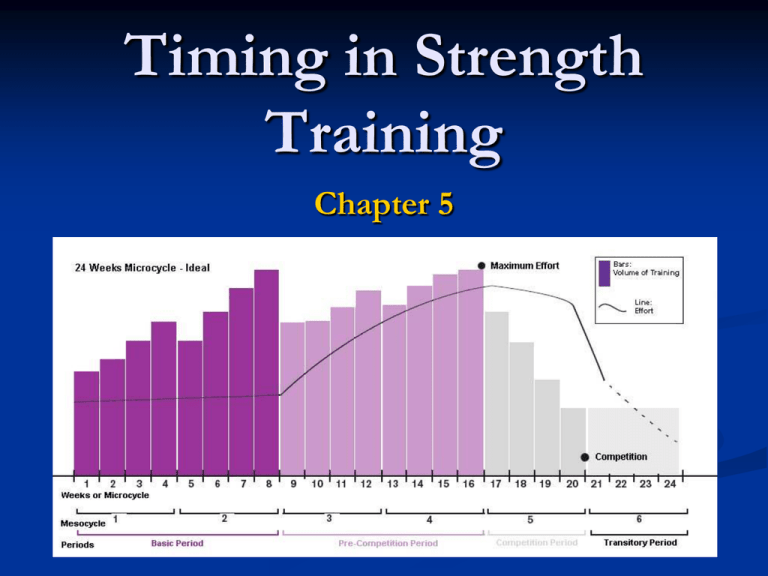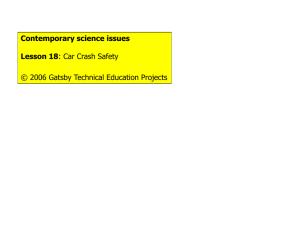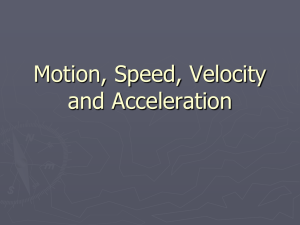Chapter 5 Timing in Strength Training
advertisement

Timing in Strength Training Chapter 5 Tihanyi FT vs. ST Shortening time Force/velocity Power/velocity Max unloaded velocity Structural Units of Training Workout=short rest Day Rest:intensity? Microcycle-1 week Mesocycle-2-6 weeks Macrocycle-1 year (prep, comp, transition) Periodization-the whole process Table 5.1 Planning Workouts Short, Medium and Long Short term involves fatigue Sequencing is important Upper/lower body alternate Heavy resistance requires long rest? Superposed is stacking Each micro or meso has a specific goal Strength, power, hypertrophy, speed, endurance, etc. SPECIFICITY of training Figure 5.1 (single) Figure 5.2 (superposed) Workouts and Training Days Rest-Exercise Alternation Enough rest to allow increased volume Maybe twice a day Long rest with heavy weights? Sequence Core and power first Large muscle groups first Multiple joints first Intensity Variation Pyramid – slow ascending and descending Contrasting – mixing up exercises Mixed training – heavy resistance as a portion Circuit training – strength and endurance Figure 5.3 Microcycles and Mesocycles Recovery Sequencing to allow fatigue specificity (rotate muscles) Long rest periods of 48-72 hours following heavy resistance Train at least 3 times a week Maybe train twice a day Decreased frequency may still maintain strength Variability - heavy and light days (60% rule) Medium Term (Periodization) Goal is to peak at the proper time Delayed transformation – time to adapt and rest Delayed transmutation – tapering period Accumulated fatigue leads to increases later Both exercises used and load must vary across time Realization of strength Training residuals – detraining effects Superposition – different training affects each other Figure 5.4 (positive relationship between time to achieve it and time to lose it) Peak Sustained Linear Periodization Training one target after another Aerobic, anaerobic, strength Sequential training Maintenance For Specific requirement sports Nonlinear Periodization (pg. 102) Intensity spans a wide range over the week Usually heavy, medium and light (undulating) Power may be used at 30% For Multiple requirement sports Macrocycle Training 1. 2. 3. 4. 5. Variability of stimuli Delayed transformation Delayed transmutation Realization Training residuals Proper timing is essential Variability Exercises must be changed periodically Change loads as well Heavy, medium and light training also Figure 5.6 Delayed Transformation Adaptation takes time Detraining also takes time Greater training load / greater the time for transformation Pre-competition phase is tapering phase Transmutation = specificity Residuals Retaining loads should be high with low volume and frequency Maintenance Amount lifted increases with cycle however average load is constant due to changes in volume Figure 5.7 Figure 5.8 (volume load) Lab Tonight Strength line-up Fiber type CSA Max power Max strength (Fmm) Dynamic strength (Fm) Calculate relative strength Max velocity (Vmm) Next Class Next week Exam 1 Essay only Graphs Labs Articles Book Explanations Synthesis of information WHY? Force & Power/velocity RFD vs. RVD Max velocity Absolute vs. relative Muscle quantity vs. quality Fatigue Adaptation Neural control Timing











